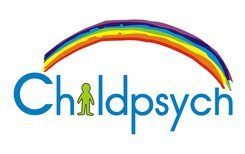To do an activity, children depend on both incoming information and information stored in working memory. If they have poor working memory skills, it can become difficult to do both these tasks. As a result, it can become challenging to follow multi-step directions. Children with poor memory skills also find it difficult to think about what comes next while they are busy with a certain task.
What is working memory?
Working memory is the retention of small pieces of information in a readily accessible form. It consists of two types: visual-spatial memory and auditory memory. Visual-spatial memory records what we’re seeing, while auditory memory records what we’re hearing.
Why is it important?
Working memory exists to help children remember information long enough to use it. It plays an important role in children’s level of concentration and in following instructions. Poor working memory skills can impact learning in many ways.
Let’s now explore a few ways working memory helps children perform certain activities:
- Paying attention
Children’s ability to pay attention requires them to process and retain information through working memory. Children with strong working memory skills are likely to do good in keeping focus and attention in different academic settings.
- Learning to read
Working memory is responsible for many of the skills used to learn to read. The auditory part of the memory helps children hold on to letter sounds long enough to read out new words.
- Improving logic
Enhancing working memory can increase general problem-solving ability and boost fluid intelligence. Fluid intelligence can be defined as having the ability to identify patterns, solve problems, and use logic in new situations.
How to enhance memory in children
- Making checklists
One way to boost working memory skills is to make lists of the steps needed to complete a task. Visualising the steps can help children remember.
- Repeating words
Children can be asked to repeat assignment instructions to help them remember. Hearing words can activate memory faster.
- Making tasks interactive
Structure lectures or instructions in a way to include responses from children, because repeating key points help anchor them in their memories.

